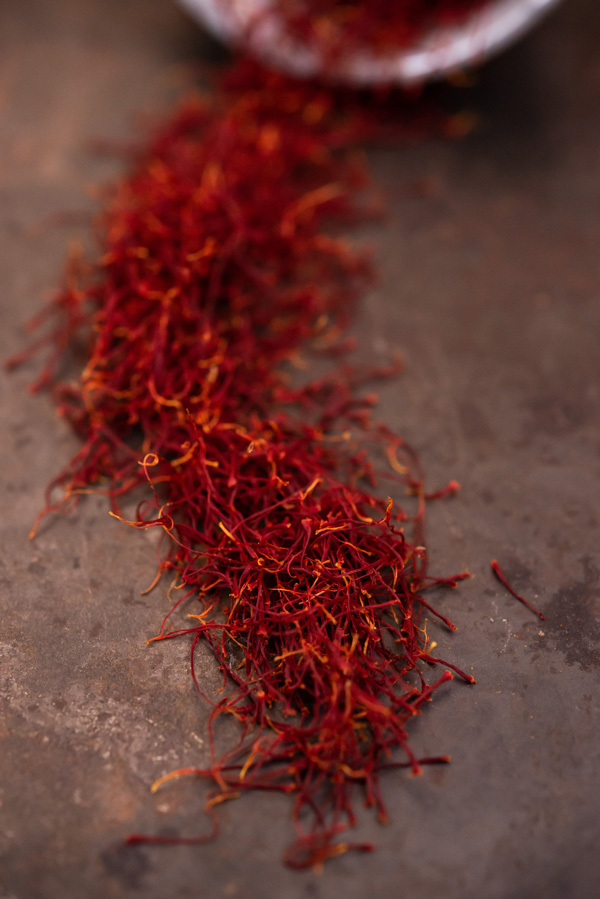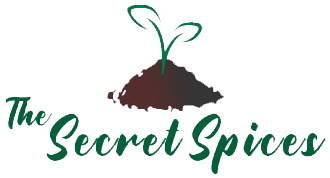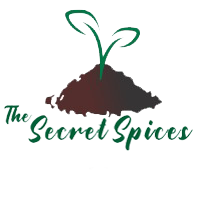THERAPEUTIC GRADE SAFFRON
BACKGROUND:
 Saffron is a spice derived from the flower of Crocus sativus, commonly known as the "saffron crocus". The vivid crimson stigma and styles, called threads, are collected and dried for use mainly as a seasoning and colouring agent in food. Saffron's taste and iodoform-like or hay-like fragrance result from the phytochemicals picrocrocin and safranal It also contains a carotenoid pigment, crocin, which imparts a rich golden-yellow hue to dishes and textiles. It has long been the world's costliest spice by weight..
Saffron is a spice derived from the flower of Crocus sativus, commonly known as the "saffron crocus". The vivid crimson stigma and styles, called threads, are collected and dried for use mainly as a seasoning and colouring agent in food. Saffron's taste and iodoform-like or hay-like fragrance result from the phytochemicals picrocrocin and safranal It also contains a carotenoid pigment, crocin, which imparts a rich golden-yellow hue to dishes and textiles. It has long been the world's costliest spice by weight..
The high retail value of saffron is maintained on world markets because of labour-intensive harvesting methods, which require some 440,000 hand-picked saffron stigmas per kilogram (200,000 stigmas/lb) – equivalently, 150,000 crocus flowers per kilogram (70,000 flowers/lb). Forty hours of labour are needed to pick 150,000 flowers.
There are 2 grades of saffron basis usage.
- “Culinary grade saffron”- The varieties of saffron under this grade are used for culinary, seasoning and food colouring agent. The usage is primarily in making sweets, rice and meat dishes and mouth-freshener industry.
This grade of saffron is cheaper in cost as the presence of elements giving health benefits are negligible. The main varieties of saffron falling under this grade are Sargol and Pushal (Iranian varieties) and Rio and Sierra (Spanish varieties). - “Therapeutic grade saffron”- These saffron commands a premium on account of its high functionality elements like- presence of more than 150 volatile and non-volatile elements. This includes carotenoids, a few polyphenols and flavonoids and terpenes. The four major and biologically active compounds in saffron are crocin and crocetin (carotenoids deriving from zeaxanthin); picrocrocin (apocarotenoid); and safranal (terpen with an aldehyde function). The higher the presence of these compounds, better is the therapeutic value.
The main varieties of saffron falling under this grade are Aquila (Italian variety), KrokosKozanis (Greek variety), La Mancha (Spanish variety) and Mongra (Indian variety).
MEDICAL BENEFITS:
There have been proven results which validate that consuming saffron has following health benefits:
- Alleviate neuropsychiatric diseases- Depression, anxiety, and schizophrenia.
- Controls and benefits below concerns:
- Cardiovascular diseases- Hypertension, Atherosclerosis, Dyslipidaemia and Type- 2 diabetes.
- Ocular diseases- Age related muscular degeneration, Diabetic retinopathy, Glaucoma and Retinitis pigmentosa.
- Neurodegenerative diseases- Alzheimer’s disease and Parkinson’s disease.
- Muscle weakness- Sarcopenia
- Saffron and its major ingredients, crocin, crocetin, picrocrocin, and safranal have cancer fighting properties.
- Phytochemical compounds extracted from saffron have antioxidant, anti-inflammatory, antitumor, and antidepressant properties that help in protection against various disorders.
SCIENTIFIC VALIDATIONS:
- Article 1- Publication in NIH (National Institute of Health), US “Saffron (Crocus sativus L.): A Source of Nutrients for Health and for the Treatment of Neuropsychiatric and Age-Related Diseases” Link: https://www.ncbi.nlm.nih.gov/pmc/articles/PMC8839854/pdf/nutrients-14-00597.pdf
Summary-…saffron and especially its main constituent molecules (crocins, crocetin, picrocrocin and safranal) exert beneficial effects on frequent neuropsychiatric (depression, anxiety, schizophrenia, etc.) and age-related (cardiovascular, ocular, neurodegenerative diseases, and sarcopenia) diseases. - Article 2- Publication in NIH (National Institute of Health), US “Recent Advances on the Anticancer Properties of Saffron (Crocus sativus L.) and Its Major Constituents” Link: https://www.ncbi.nlm.nih.gov/pmc/articles/PMC7794691/pdf/molecules-26-00086.pdf
Summary-…adding Trans-sodium crocetinate (TSC), (Saffron component- Crocetin) during radiation therapy is beneficial for the treatment of newly diagnosed glioblastoma. ……Method of liver cancer treatment with safranal-based formulations (Saffron component- Safranal) ….Potent method of treating, suppressing, or reducing the severity of a liver cancer. - Article 3- Publication in NIH (National Institute of Health), US “Potential Role of Phytochemical Extract from Saffron in Development of Functional Foods and Protection of Brain Related Disorders” Link: https://www.ncbi.nlm.nih.gov/pmc/articles/PMC9526642/pdf/OMCL2022-6480590.pdf
Summary-…These phytochemical compounds extracted from saffron have antioxidant, anti-inflammatory, antitumor, and antidepressant properties that help in protection against various disorders……The antioxidant profile of saffron, which is high in crocin, may inhibit the oxidation process in different foods. Saffron that contains rich bioactive compounds is likely to provide health benefits. - Video 1- Why I recommend a pinch of Saffron (Kesar) to my patients- Luke Coutinho
HOW AND WHEN TO USE:
Take a few strands — five or seven — and soak in hot water for some 10 minutes. After that you can drink it, ideally on an empty stomach first thing in the morning. Do this regularly.
Having it at night before sleeping is also beneficial. Sedative medications (CNS depressants) interact with saffron. Saffron might cause sleepiness and slowed breathing. Some medications, called sedatives, can also cause sleepiness, and slowed breathing. Taking saffron with sedative medications might cause breathing problems and/or too much sleepiness.
CHECKING FOR PURITY OF SAFFRON:
TEST 1: Procedure
- Take a small bowl and put cold water in it. Make sure the temperature of the liquid is below room temperature but not out.
- Let the water come to a standstill, and then add a few strands of the Saffron.
- Allow the Saffron to rest in water. Do not stir or disturb the arrangement as that might hamper the test results.
Result
- Wait for a few minutes and allow the saffron strands to change the colour of the water.
- If the change is almost instant, it means that the Saffron is adulterated and fake. Instead of bright yellow, the colour of the water will be red or orange.
- In case the colourdoes not change instantly, it means the Saffron is pure. So, please do not take out the strands and allow them to soak in the water.
- After 5 to 6 minutes, you will find the water turning pale yellow. After another 10 minutes, the colour will change to a bright yellow colour. This indicates a hundred percent purity of the Saffron.
- Another factor you have to notice is the colour of the strands. After the water changes its colour, pure Saffron will still retain its bright orange shade. However, the fake saffron strands will become white or greyish due to the loss of artificial colours.
TEST 2:
Rubbing saffron strands between fingers
Another fantastic way to test the saffron strands’ purity is by rubbing them in between your fingers.
Procedure
- Soak the saffron strands in water and leave them for a few seconds. Once done, take a few strands in between your fingers and rub them slowly.
Result
- If the Saffron is pure, you will find the strands are intact despite rubbing them between the fingers. The strands will not break under pressure. However, if the strands break or become dusty, they are fake and have been prepared artificially.
TEST 3:
Testing saffron by the taste
- The last method of testing the purity of the Saffron is by its taste. Take a pinch of the spice and place it on your tongue. Do not chew it. Just allow the taste buds to detect the flavour.
- Pure Saffron will never taste sweet. Instead, they will have a lovely fragrance but a slightly bitter taste. As for the fake saffron strands, you will instantly get a sweet burst of flavours as soon as you put the strands in your mouth.
STORAGE:
Saffron can be kept in airtight metal or glass containers. Plastic containers are not an option as they decrease the quality of saffron. If the container is transparent, wrap the threads in foil before placing it in the container to block light. The best temperature for dried and packed saffron is 2 to 5 degrees Celsius.


